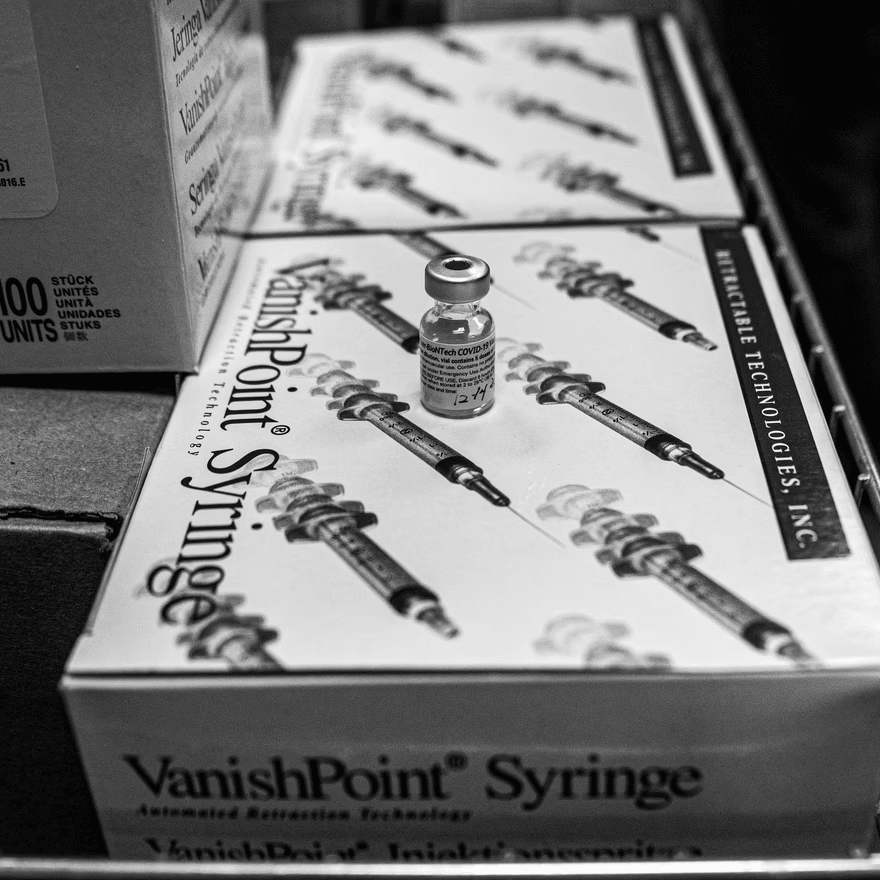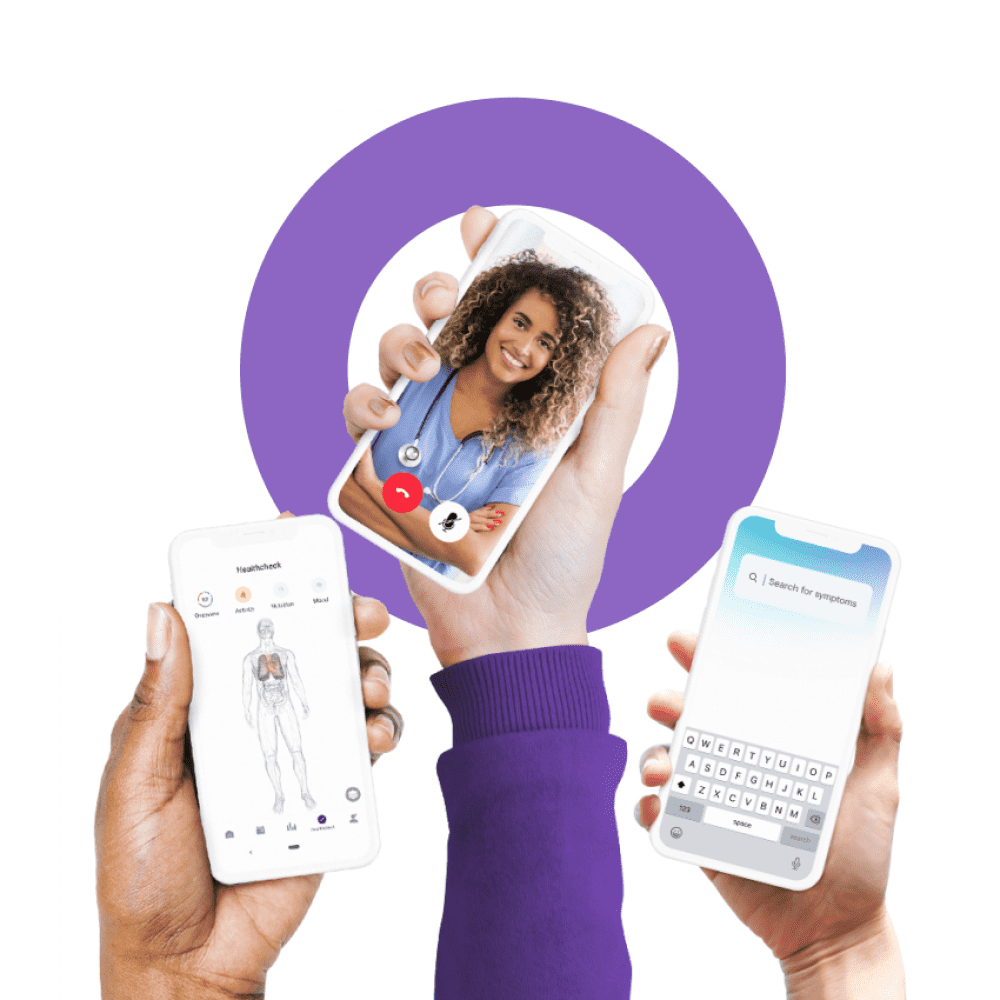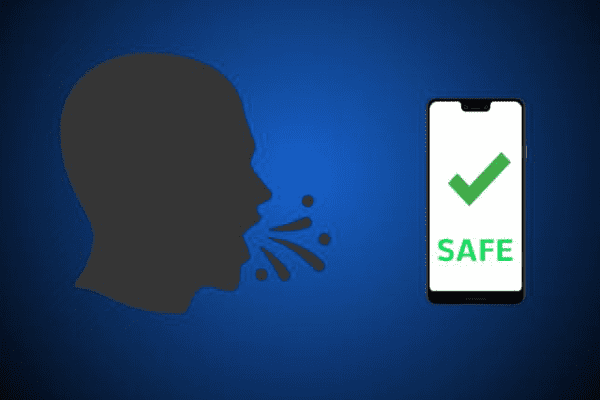Artificial Intelligence and the COVID-19 Pandemic

1. Transport and distribution of vaccine

A 2019 study found that 25% of vaccines failed to be stored properly before reaching their final destinations. The reason is that during the transportation, the vaccine boxes must be repeatedly opened, while each vaccine must be kept at an appropriate temperature to be effective. Moderna's vaccine, for example, requires a storage temperature of minus 4 degrees Fahrenheit. The Pfizer/BioNTech vaccine must be kept at around -94 degrees Fahrenheit to be effective.
In this context, vaccine temperature monitoring and management technology have quickly captured the attention of development teams. One of the pioneers is Skymind, the company building the world's first dedicated AI ecosystem. They have developed Ultra Low Power AIoT Technology, which employs proprietary "Bluetooth smart grid" technology.
Specifically, a small card-sized device is placed in each vaccine box for monitoring purposes throughout the distribution process. It will track temperature, humidity, and vaccine checkpoints. Furthermore, as long as they have Bluetooth connectivity, this device can share information and "communicate" with any type of laptop or mobile phone. People, who check the quality of vaccines, will no longer need to open the box all the way to the final destination thanks to this technology. As a result, energy is also saved during transportation. [1]
Skymind's research papers and test results are currently unavailable to the public. The team is awaiting approval from international organizations before proceeding with a large-scale application.
2. Support education and assessment about health and risk with COVID-19

During the complicated situation of the pandemic, many AI applications that act as virtual assistants specializing in health have been developed. Their goal is not only to help people proactively prevent disease but also to help them respond faster to signs of illness, preventing cases where people or medical institutions can't be reached immediately.
COVID-19 Care Assistant (Babylon) and AI AskSophie (CloudMex) are two examples of applications.
Both applications provide disease education and assist users in self-assessing disease risks, They use intelligent algorithms to compare with existing databases to identify diseases, recommend appropriate documents and care plans for patients.
However, COVID-19 Care Assistant has one advantage over AI AskSophie, It can encrypt user information, then send it to medical services to inform them of the disease risk. As a result, anti-epidemic forces will be able to plan for a sudden surge in patient numbers based on geography. The acquired data can also assist doctors in learning more about the disease and properly classifying patients. [2]
It was recently announced that the former app has over 100,000 users in the United States. Babylon, the app development company, grew 600% in the first seven months of 2021 compared to the entire year of 2020. According to a recent survey of Babylon, more than 40% of app consultations resulted in the avoidance of emergency room or urgent care visits and provided significant cost savings. [3]
However, these applications still have the following weaknesses:
- Analysis and prediction data depends on users' input information, which can be biased as opposed to doctors' critical observation.
- If users rely on data sets from a single source, there is a chance that infection and prevention estimates are incorrect.
CloudMex's AskSophie currently lacks publicly available application and research data.
3. Diagnosing the symptoms of COVID-19

Since the epidemic broke out, many places have implemented different epidemic prevention measures such as widespread testing. However, these methods can take a significant amount of time and effort on both epidemic prevention teams and the general public.
As a result, new approaches to patient identification have been investigated. For example, since January 2021, a group of scientists at the Massachusetts Institute of Technology (MIT, USA) has developed a project named Open Voice, which identifies patients infected with COVID-19 through cellphone-recorded coughs. This is accomplished by teaching the AI to learn by "listening" to thousands of cough samples from people who have and do not have COVID-19.
The researchers collected approximately 2,500 cough samples from COVID-19 patients and over 2,500 cough samples from others, who do not have COVID-19 or have problems of lung damage. According to research published in the Journal of Biomedical and Medical Engineering in September 2020, MIT Open Voice correctly diagnosed COVID-19 with a sensitivity of 98.5 percent and a specificity of 94.2 percent. This AI system can even identify COVID-19 patients who are asymptomatic. [4]
This application can help identify cases and areas of infection faster than current large-scale testing. However, this study has not yet been peer-reviewed or detailly published. Furthermore, the number of cough samples currently included in the dataset is still limited.
Conclusion
These application solutions for pandemics are still being researched and developed, so there are some limitations. However, these applications have already made efforts in order to prevent the epidemic and find a cure for COVID-19.
References:
- Shawn Tan, How AI has helped in the transportation of vaccine delivery for COVID-19, https://artificialintelligence-news.com/, 2021
- Owen Hughes, Babylon Health launches Covid-19 care assistant in UK, https://www.digitalhealth.net/, 2020
- Babylon, Babylon Eclipses 100,000 U.S. Value-Based Care Members, https://www.babylonhealth.com/, 2021
- Minh Sơn, Chuyên gia Việt nghiên cứu dùng tiếng ho để phát hiện COVID-19, https://www.vietnamplus.vn/, 2021